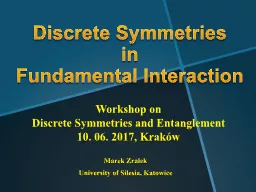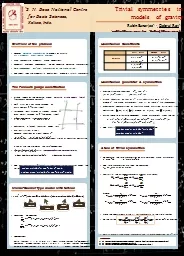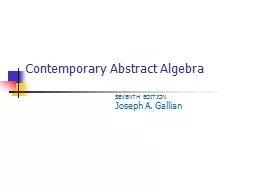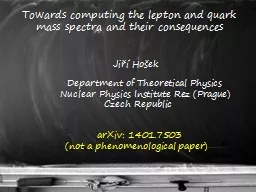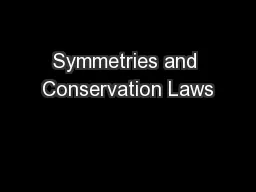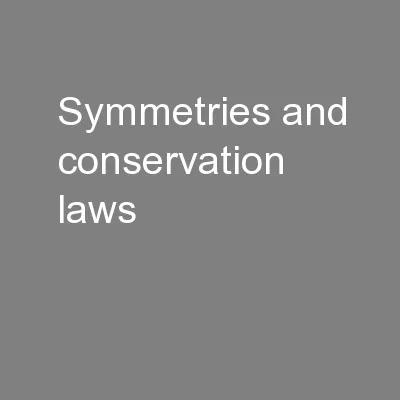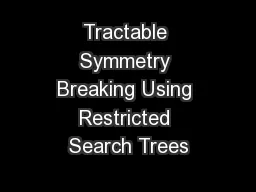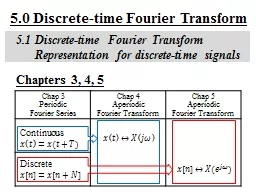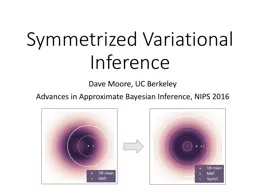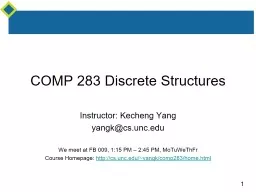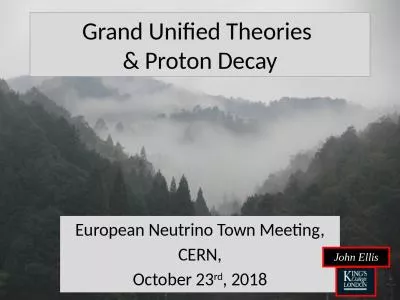PPT-Discrete Symmetries in Fundamental Interaction
Author : min-jolicoeur | Published Date : 2018-03-18
Marek Zrałek University of Silesia Katowice Workshop on Discrete Symmetries and Entanglement 10 06 2017 Kraków Outline Introduction Discrete symmetries in Space
Presentation Embed Code
Download Presentation
Download Presentation The PPT/PDF document "Discrete Symmetries in Fundamental Inte..." is the property of its rightful owner. Permission is granted to download and print the materials on this website for personal, non-commercial use only, and to display it on your personal computer provided you do not modify the materials and that you retain all copyright notices contained in the materials. By downloading content from our website, you accept the terms of this agreement.
Discrete Symmetries in Fundamental Interaction: Transcript
Download Rules Of Document
"Discrete Symmetries in Fundamental Interaction"The content belongs to its owner. You may download and print it for personal use, without modification, and keep all copyright notices. By downloading, you agree to these terms.
Related Documents

